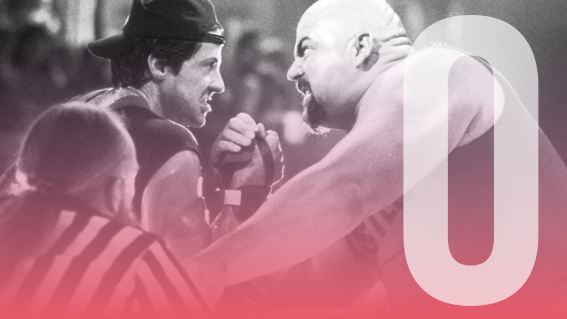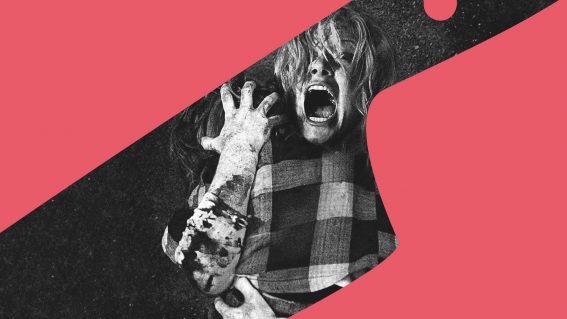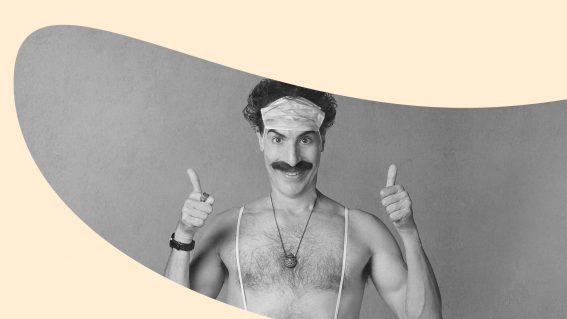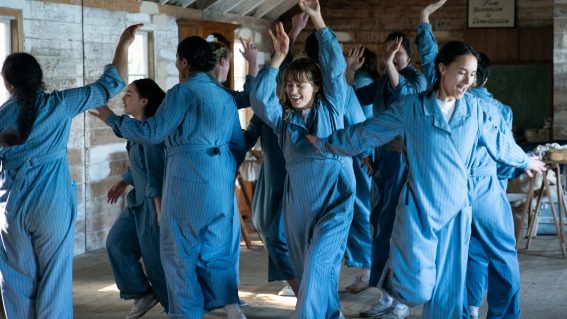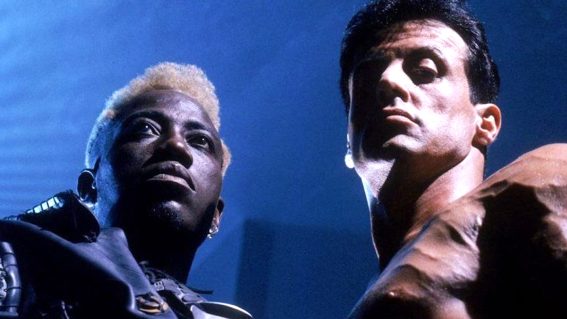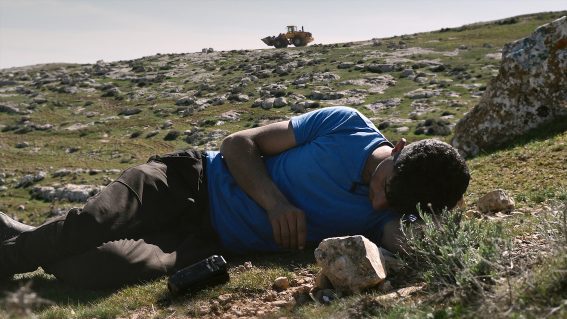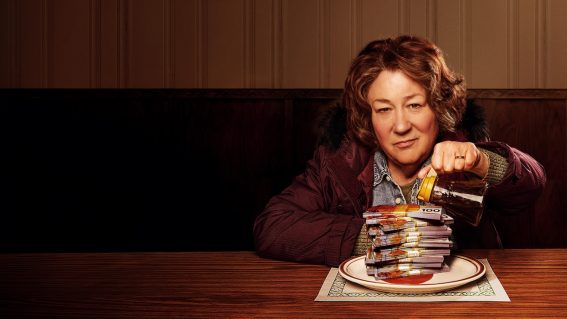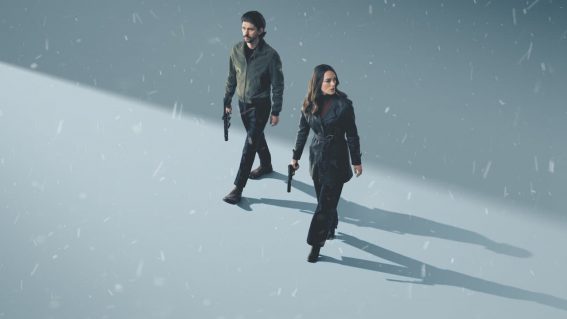Geoffrey Rush Recommends These 5 Films

We asked Oscar-winning actor Geoffrey Rush to recommend five of his favourite films…
Geoffrey, please explain yourself.
“All of these films I saw in my teens and early twenties, in that great period of discovery where you see something for the first time. These are the ones that impacted in some terrific way.
“Going to the cinema is one of those rituals where you think ‘Oh, I’ll go and see a movie’ and then sometimes it can absolutely grab you in. And you can lose your own identity in the sense of the outside world.
“It sometimes happens that you might go to an eleven o’clock session on a Wednesday morning and you find you’re the only person there… and that often doesn’t matter. Sometimes it’s great, particularly with a comedy to share the excitement of the humour with a collective group but I think film can be very much a personal one-on-one thing.
“Not that it happens on every movie experience, but it’s always good to hunt out those filmmakers and that type of story where you feel ‘I’m not watching carefully marketed product that’s telling me what to think about this film or how to watch it.’ I like my mind being messed with, drawn into new landscapes that you haven’t figured yourself into before.”
City Lights (1931)
“I saw this one when I was in my early twenties. I was studying at a theatre school in Paris and I’d seen Chaplin films before but there was something very sweet about this film.
“I was in LA recently and I went to a film night where everyone had to pick a film and you had to pitch it, and whoever gave the best pitch got their film shown. When it came to my turn, I said: ‘Look, none of you may have heard of this film but it’s very interesting. It’s about a guy who, when he’s drunk, is a really great friend to everybody and when he sobers up he can’t remember who his friends are. He meets a guy who’s fallen in love with this blind girl and she sell flowers on the street so she thinks he’s rich. Everyone says ‘Wow, what an amazing story’ and I say ‘It’s in black and white, it’s a comedy and it’s by Charlie Chaplin’, and they go ‘Wow, let’s watch that’. And then they laugh like trains.
“80 years later, it’s one of the most beautiful comedy films ever made.”
Amarcord (1973)
“Fellini was one of the great Italian maestros and he made this very personal film about his own adolescence of growing up in regional Italy. It’s just extraordinary, poetic, political and fantastical… his imagination knows no bounds. He was always one of the great visual masters.”
Persona (1966)
“Ingmar Bergman’s Persona is a very important film. To any young women working on films, I always say ‘Check this out’. I buy copies and give it and they come back and say ‘Oh my god.’ And I say ‘Yeah, this was made in 1966.’ That’s how great the art of filmmaking can be.
“It’s dominated by two amazing performances from Bibi Andersson and Liv Ullmann and basically it’s about an actress who goes through an existential crisis and she goes into a state of silence and shut herself off from the world. And this very everyday nurse is looking after her. And ends up having a monologue and you suddenly become aware that she’s the only character talking. They almost swap identities. Very insightful, beautiful work.”
Zelig (1983)
“I just love the ingenuity in this film. It’s a completely false documentary about a fictional character. Like a great American anti-hero, presumably from the 1920s. And Woody’s made the whole film up from what looks like only documentary, only newsreel, only home movie footage. This was 1983 and it was one of the first films to cleverly use CGI where the character of Leonard Zelig could be seen in William Randolph Hearst’s estate and hanging out with Cole Porter and people like that. It’s really cool.”
War and Peace (1967)
“And the fifth is the great Russian masterpiece by Sergei Bondarchuk. Forget CGI. It’s about seven hours, it’s in two parts. And not only does he direct it, he also plays Pierre, one of the main characters. That alone is a breathtaking performance.
“I think he had 50,000 members of the Russian army in the battle sequences. And in the foreground you might be having really significant dialogue between two characters. And behind them, over a hill and over another hill, you can see tens of thousands of troops marching off to fight Napoleon. Absolutely epic. It’s still great. Its use of the camera was really groundbreaking. I think the only thing that dates it is probably the font of the titles. You know what I mean? You’d go ‘Oh, it must have been made in the sixties!'”

